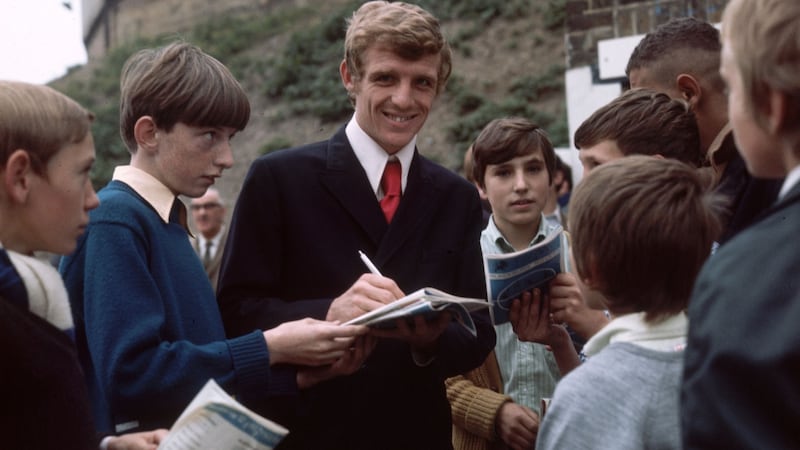More than any other sport, football combines the ugly and the beautiful, the venal and the transcendent. It transforms small-time chisellers into millionaires while enabling the children of shanty towns and remote villages to express their innate gifts on a global stage.
In the last big match of the 2017-18 European season, both its faces were on display: one in a piece of skulduggery that removed Liverpool’s most dangerous player from the game, the other in the sublime overhead volley that tilted the Champions League final in Real Madrid’s favour. Those faces will no doubt be turned towards us again in the coming weeks, when the players of 32 nations gather in Russia to compete at the 21st World Cup finals.
The Story of the World Cup by Brian Glanville
The quadrennial update of Brian Glanville's The Story of the World Cup offers the surest path through the competition's history, the author's unsparing judgments and sharp asides enlivening the match-by-match chronicle.
I Think Therefore I Play by Andrea Pirlo
Among those who left a mark on the World Cup is Andrea Pirlo, the modern playmaker in excelsis, a gentle stroker of lethal passes and free kicks who stepped forward to take the penalty that set Italy on the way to success in the decisive final shoot-out against France in Berlin's Olympic stadium 12 years ago. "I took a long, intense breath," he writes in I Think Therefore I Play. "That breath was mine, but it could have been the manual worker who struggles to make it to the end of the month, the rich businessman who's a bit of a shit, the teacher, the student, the Italian expats who never left our side during the tournament, the well-to-do Milanese signora, the hooker on the street corner. In that moment, I was all of them."
Cristiano and Leo by Jimmy Burns
Jimmy Burns's newly published book examines the parallel rise of the two players, Portugal's Ronaldo and Argentina's Messi, who have spent the last decade and a half vying for the title of the world's best player; now, as they approach their years of inevitable decline, each fancies emulating Diego Maradona's career-defining feat of winning the 1986 tournament virtually single-handed.

Only a Game? by Eamon Dunphy
The closest Irish midfielder Eamon Dunphy came to a World Cup was very close indeed: a 1-0 defeat by Spain in a play-off for the 1966 finals. If Pirlo's autobiography is the amusingly indiscreet story of a golden boy, Dunphy's Only a Game?, although first published in 1976, and covering a Millwall season in the old Second Division, remains unchallenged as a portrayal of the game at a level where survival is the priority. "You talk about team spirit and being together," he writes. "But you always find in practice, when the bad times come, the cracks come, that it's every man for himself."
The Fall of the House of Fifa by David Conn
The World Cup is football's biggest money geyser – the organisers declared a profit of $2.6bn on revenues of $4.8bn from the 2014 edition, held in Brazil – and the tawdry consequences are analysed in David Conn's The Fall of the House of Fifa. Readers will note the author's identity and be prepared for a forensic account of 20 years of murky dealings among the leaders of the world governing body, its controlled anger infused with a fan's sorrow. – Guardian service
• Richard Williams’s The Perfect 10 is published by Faber

















